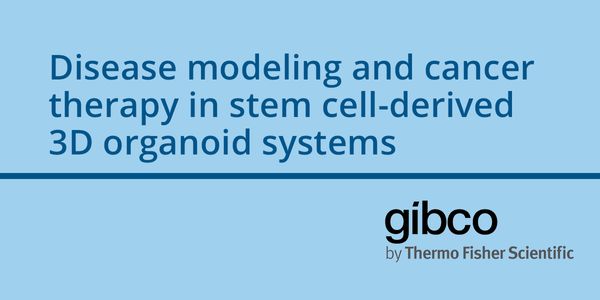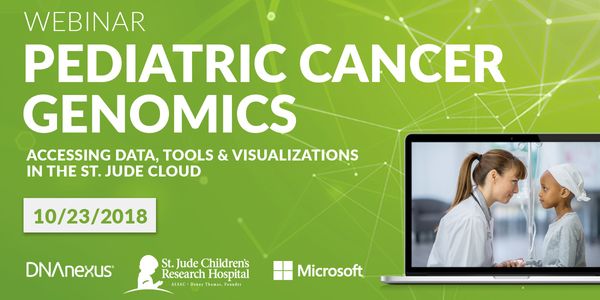Sequencing
Sequencing: is the process of determining the nucleic acid sequence - the order of nucleotides in DNA. It includes any method or technology that is used to determine the order of the four bases: adenine, guanine, cytosine, and thymine.
-
QIAGEN helps your team focus on the opportunities, not the obstacles, with an end-to-end clinical testing solution. During this talk, we will present a lung cancer case study to show how QIAG...Speaker: Raed Samara, PhD , Dan Richards, PhD
Clinical testing with next generation sequencing requires a complex bioinformatics pipeline to process raw DNA sequence into interpretable variants for medical reporting. With sequencin...
NOV 15, 2018 | 7:00 AM
The use of human pluripotent stem cells (hPSCs) for in vitro disease-modeling is limited by the lack of robust and efficient protocols for the differentiation of relevant adult cell types. Pr...
NOV 15, 2018 | 4:00 AM
Development of physiologically relevant cellular models, with strong translatability to human pathophysiology, is critical for identification and validation of novel therapeutic targets. Cell...
With significant decrease in the cost of sequencing in numerous commercial as well as cancer center–driven initiatives, genomic profiling is increasingly becoming routine across multipl...
Speaker:
Bing Zhou, PhD
OCT 30, 2018 | 8:00 AM
DATE: October 30, 2018TIME: 8:00am PDT, 11:00am EDT Does your PSC medium support cell therapy? In this webinar, learn about Cell Therapy Systems™ (CTS...
OCT 25, 2018 | 8:00 AM
DATE: October 25, 2018TIME: 08:00am PDT, 11:00am EDT While the significance of the microbiome is unprecedented, a thorough study to dissect the role of individual popul...
OCT 23, 2018 | 10:00 AM
DATE: October 23, 2018TIME: 10:00am PDT, 1:00pm EDT Next-generation genomic sequencing is transforming what is known about pediatric cancer and how we treat patients. But eve...
OCT 23, 2018 | 9:00 AM
DATE: October 23, 2018TIME: 9:00AM PDTIxodes scapularis is the principal vector of the Lyme disease spirochete, Borrelia burgdorferi. I. scapularis genome was the first and only...
Recent work has identified epigenomic features of distal regulatory elements to be dynamic and defining indicators of cellular specification and transformation. Of particular relevance is our...
Speaker:
Martin Hirst, PhD
As the most common female malignancy, breast cancer is the most likely reason that a woman will die of cancer around the world. Breast cancer mortality has dropped in the U.S. by 35% since 19...
Speaker:
Benjamin Anderson, MD
Although targeted therapies often elicit profound initial patient responses, these effects are transient due to residual disease leading to acquired resistance. How tumors transition between...
Lung cancer is the leading cause of cancer-related mortality worldwide. Large-scale sequencing studies have revealed the complex genomic landscape of NSCLC and genomic differences between lun...
Speaker:
Nicholas McGranahan, PhD
Antibodies are extremely valuable and ubiquitous tools in life science research, but in spite of their widespread use in immunoassays over the past several decades, there is still a lack of u...
Speaker:
Chandra Mohan, PhD
























